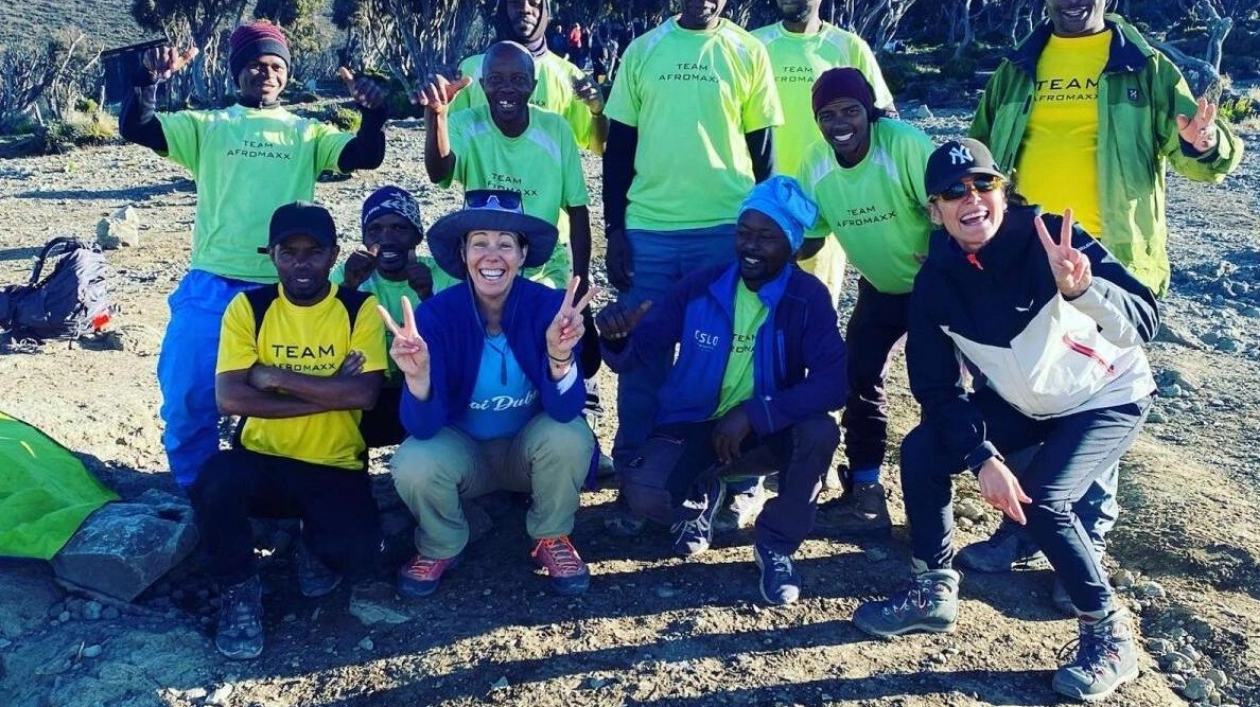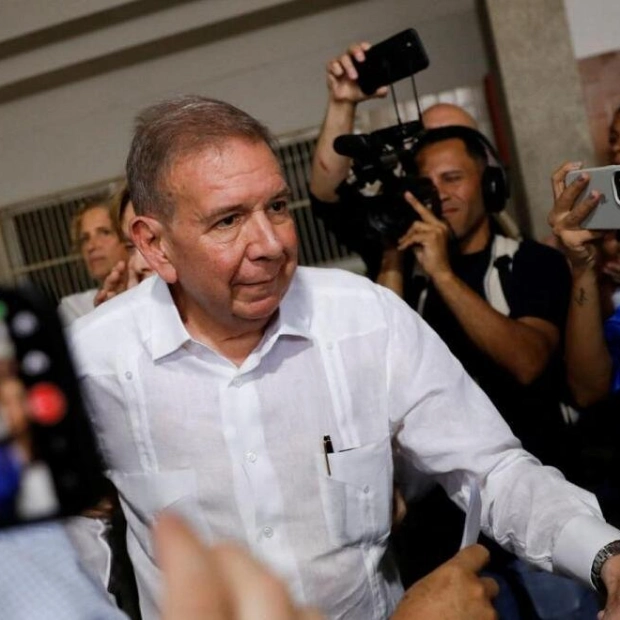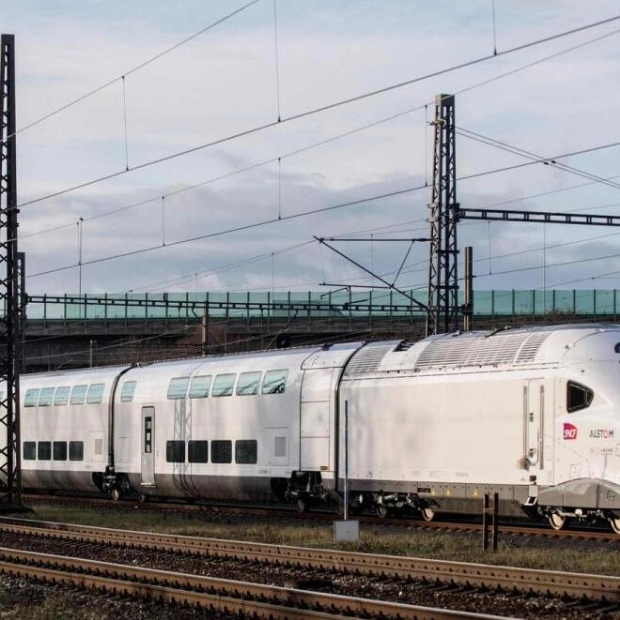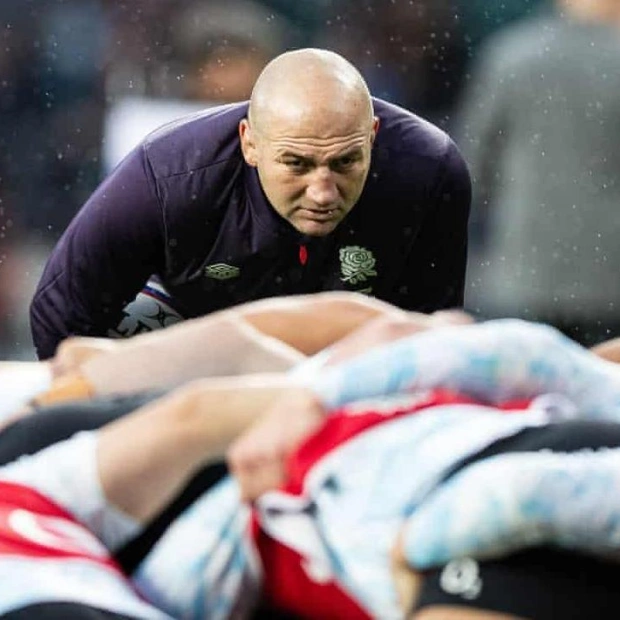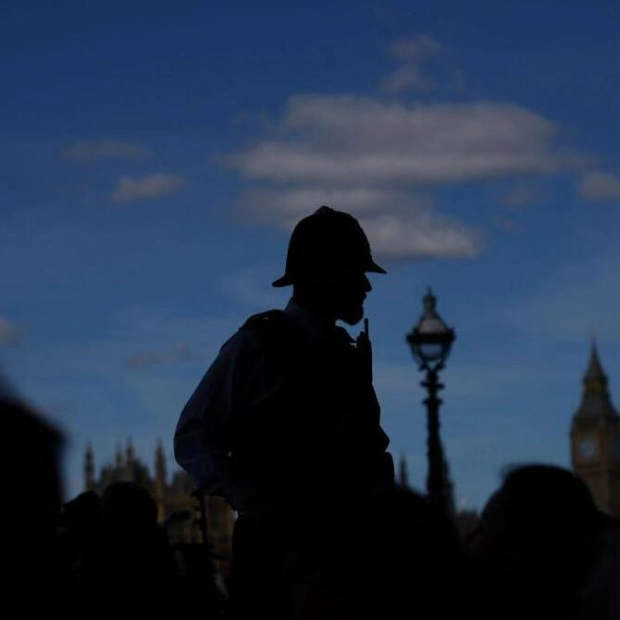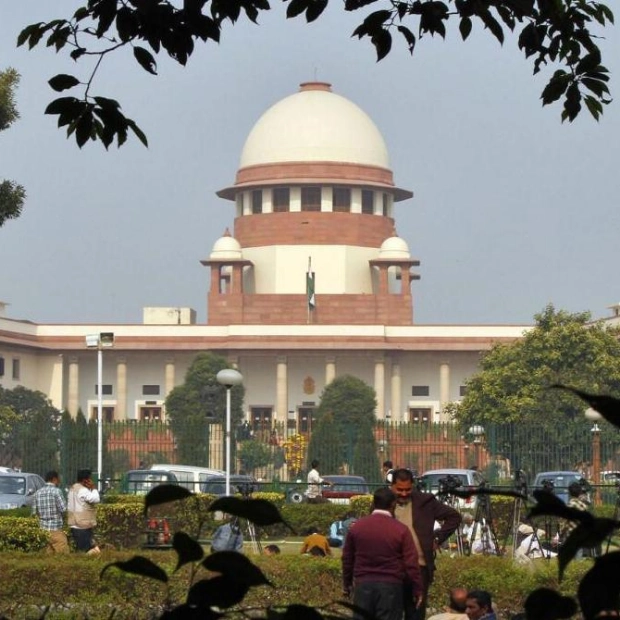I'm having a conversation about mid-life crises over coffee with a friend. We both feel we've reached the pinnacle of our careers, but we're not fond of the company we keep at the top. 'What if we actually climb a summit?' my friend proposes. We decide on Kilimanjaro. It's a place of extreme features: the highest mountain in Africa, one of the world's largest volcanoes, and the tallest free-standing mountain on the planet. We've prepared thoroughly: we've trained, collected all the necessary gear meticulously over weeks, and started taking medication to prevent altitude sickness. The irony is that the side effects of these pills mimic the symptoms of the sickness itself, and we couldn't start taking them early as recommended because they were in my lost luggage—a common issue, it turns out.
As we begin our climb through the rainforest, I feel like I'm part of a procession of mostly white hikers and our African guides. We move in a single file, like ants, slowly ascending. 'Pole! Pole!' we're reminded in the local language: slowly, slowly, to allow our bodies to adjust. Only the porters, who've made this journey numerous times, break the line. Some carry personal, portable toilets that can be rented for an extra $100. Our guides recount stories about the first person to summit Kilimanjaro, Hans Meyer, during Tanzania's German colonial period. Meyer held a German flag and a rock at the top, actions symbolic of a colonist who benefited from the path created by Kinyala Lauwo, the true pioneer of the climb.
I ponder what it must have felt like to conquer such a formidable volcano, to blaze a trail through untouched wilderness, a stark contrast to the well-worn path I'm now sharing with hundreds. I envy Lauwo's sense of exploration, a rarity in today's world. Instead of feeling invigorated, I'm plagued by a relentless headache—a side effect of the medication. Upon reaching our camp at 2,835 meters, it's bitterly cold, and I'm increasingly concerned about being adequately dressed for the summit day. Our guides check our oxygen levels in the evening, signaling the seriousness of our endeavor.
After days of walking through a dense, cloud-covered zone, we emerge into sunlight. At 3,750 meters, my head throbs, and my stomach rebels. The thought of a helicopter ride down is tempting. That night, I cry into my hot water bottle, my tears at risk of freezing on my face. On summit day, we start at 4,700 meters, joining a line of hikers illuminated by headlamps. A fellow climber's ghostly pallor signals severe altitude sickness, but he presses on. The guides sing, but can't drown out the sounds of vomiting around us. Our guide warns that the final stretch to Stella Point at 5,756 meters will be tough. In a trance-like state, I struggle not to faint. Upon reaching Stella Point, my companion and I cry—we're nearly there. But the last stretch is arduous. The thin air makes me feel like a fish out of water, gasping for breath.
Descending, I'm assured that the quicker I go down, the better I'll feel—and it's true. With each meter, my lungs fill with much-needed oxygen. I feel like I'm flying! I meet a hiker at Stella Point who took twice as long as I did to get there. 'I will make it,' she assures me, and I believe her. It wasn't physical strength but mental fortitude that got me up the mountain. Our porters, who carried everything we needed, pass us one last time. They fed us, housed us, guided us. Some have summited multiple times. As we descend, I'm inspired not by summit jackets or power bars, but by our cohort's resilience—true heroes who made our journey possible, just as Lauwo did for Meyer.
